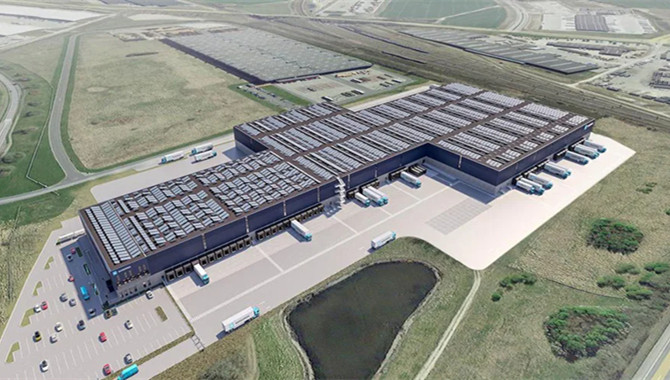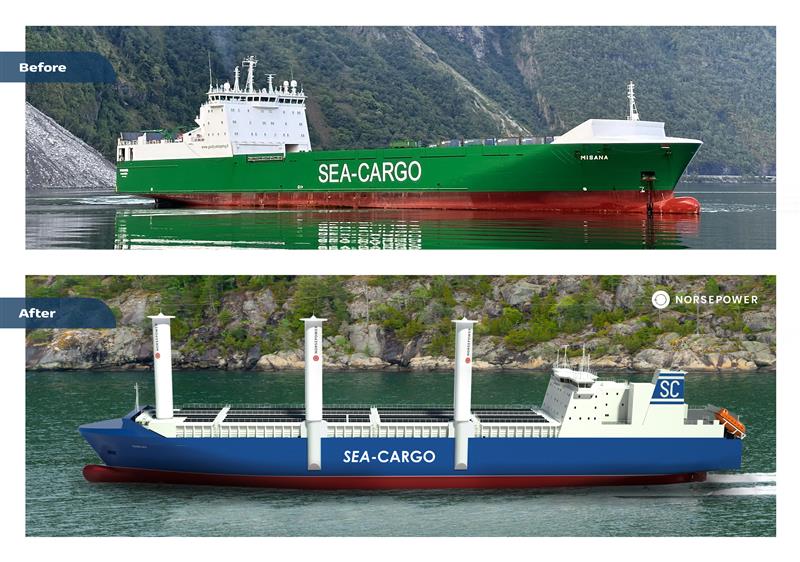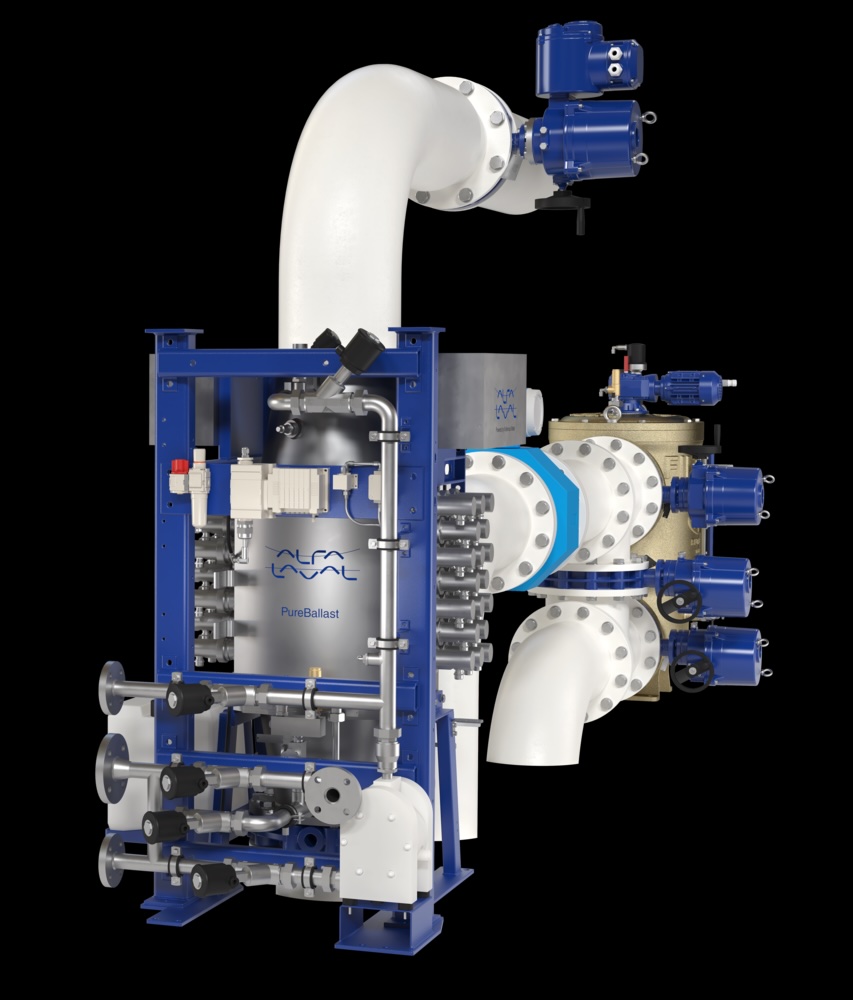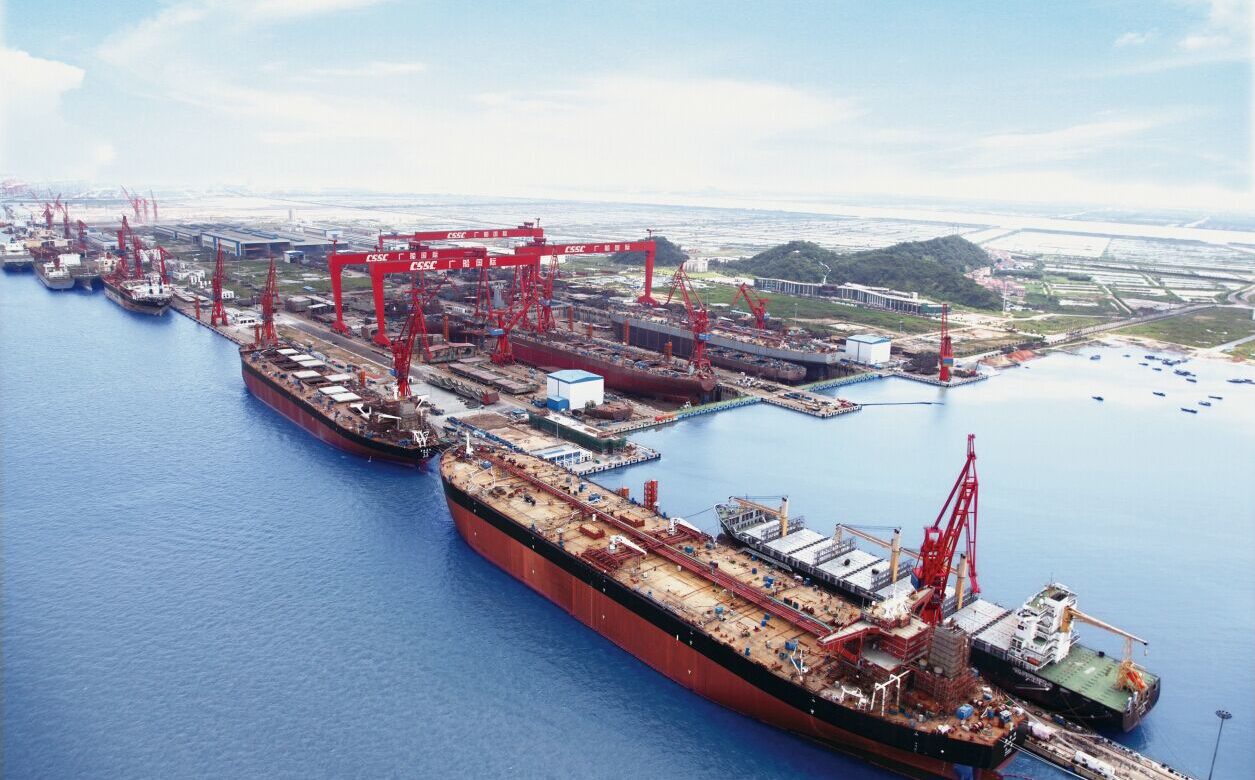As sustainability climbs higher on both corporate and consumer priority lists, companies are looking for more sustainable solutions in all aspects of their supply chain – including warehousing and storage.
While the sustainability agenda might be getting a push by consumer demand, with two in three consumers saying sustainability is important in their daily lives (
Zalando), companies are quick to respond with actions.
According to the
European Logistics Supply Chain Sustainability Report, 80% of companies say that reducing carbon dioxide (CO2) emissions in the next five years is a key focus area for their environmental initiatives and 28% include ESG targets as obligations for supply chain partners to meet in their contracts.
And when it comes to green improvements across the supply chain, 12% of companies believe the biggest impact can be made in warehousing (
European Logistics Supply Chain Sustainability Report). The newfound focus on warehousing should come as no surprise given the recent increased demand for storage solutions - partly down to an
overstocking crisis following the initial ecommerce boom during the Covid-19 pandemic.
Since the increase in demand for warehouse space is here to stay for at least a few more years (
Mobility Foresights), it is becoming increasingly important to pair the growth of warehousing space with a growth in sustainability initiatives to achieve not only ESG targets and meet consumers’ sustainability demands, but also comply with legal requirements dictated by the
Paris agreement. As such, it is vital to understand the
sustainability terminology when making supply chain decisions.
Sustainability in warehousing operations
Unlike carbon neutrality, which considers only carbon dioxide emissions and does not include any other greenhouse gases (GHG), sustainability goes beyond pure decarbonisation. When looking at sustainability levels of warehousing operations, two points need to be taken into consideration.
To start with, all energy usage within the warehouse should be electric, and more efficient than conventional sources such as gas. Second, all the energy used should be sourced from renewable sources, either on-site or external.
While using an external, renewable energy provider will reduce the GHG emissions of a warehouse, producing it on-site will create additionality. “Additionality means that by producing our own renewable energy, we are adding and enabling new capacity to the grid, instead of using energy that is already there through an existing provider,” explained Fredrik Grill, Global head of Decarbonisation at Maersk Contract Logistics.
Besides additionality, on-site production of energy is especially beneficial in emerging markets, where renewable energy can be difficult to source externally and indeed rely on.
Business impact beyond emission targets
"Making use of low emission storage facilities will inevitably contribute to a reduced emissions footprint of goods. However, businesses should not take this for granted and make sure their warehousing partner can provide emissions data that is verifiable, certifiable and auditable to get a true and reliable picture of their emissions." says Fredrik Grill, Global head of Decarbonisation at Maersk Contract Logistics.
While lowering emissions is a clear priority for businesses, cost and operational efficiency will always remain a concern and motivation for any business decision, including sustainability in supply chains.
Besides environmental impact, sustainability is often thought to enable cost efficiency through longer-lasting equipment and lower energy costs. Still, cost-saving benefits of sustainable warehouses are often questioned. Instead of looking from only a cost-saving perspective, businesses should consider the operational impact of sustainable warehouses.
"Warehouses with low GHG emissions allow operational sustainability without compromising the level of service or having a negative impact on customers’ goods – they are still stored in the same conditions and handled with the same efficiency as they would be using conventional warehouses, but with minimal impact on the environment." says Anders Woggsborg, Commercial Sustainability Manager at Maersk.
Source: Maersk
The opinions expressed herein are the author's and not necessarily those of The Xinde Marine News.
Please Contact Us at:
media@xindemarine.com


 Sea-Cargo and Norsepower continue their collaborati
Sea-Cargo and Norsepower continue their collaborati  Alfa Laval expands its portfolio with ultrasonic an
Alfa Laval expands its portfolio with ultrasonic an  Alfa Laval PureBallast 3 Ultra secures orders from
Alfa Laval PureBallast 3 Ultra secures orders from  RobotPlusPlus Wows Maritime Professionals with Carg
RobotPlusPlus Wows Maritime Professionals with Carg  Alfa Laval secures first contract for ammonia fuel
Alfa Laval secures first contract for ammonia fuel  GNV Tests RINA’s Machine Learning and Predictive
GNV Tests RINA’s Machine Learning and Predictive